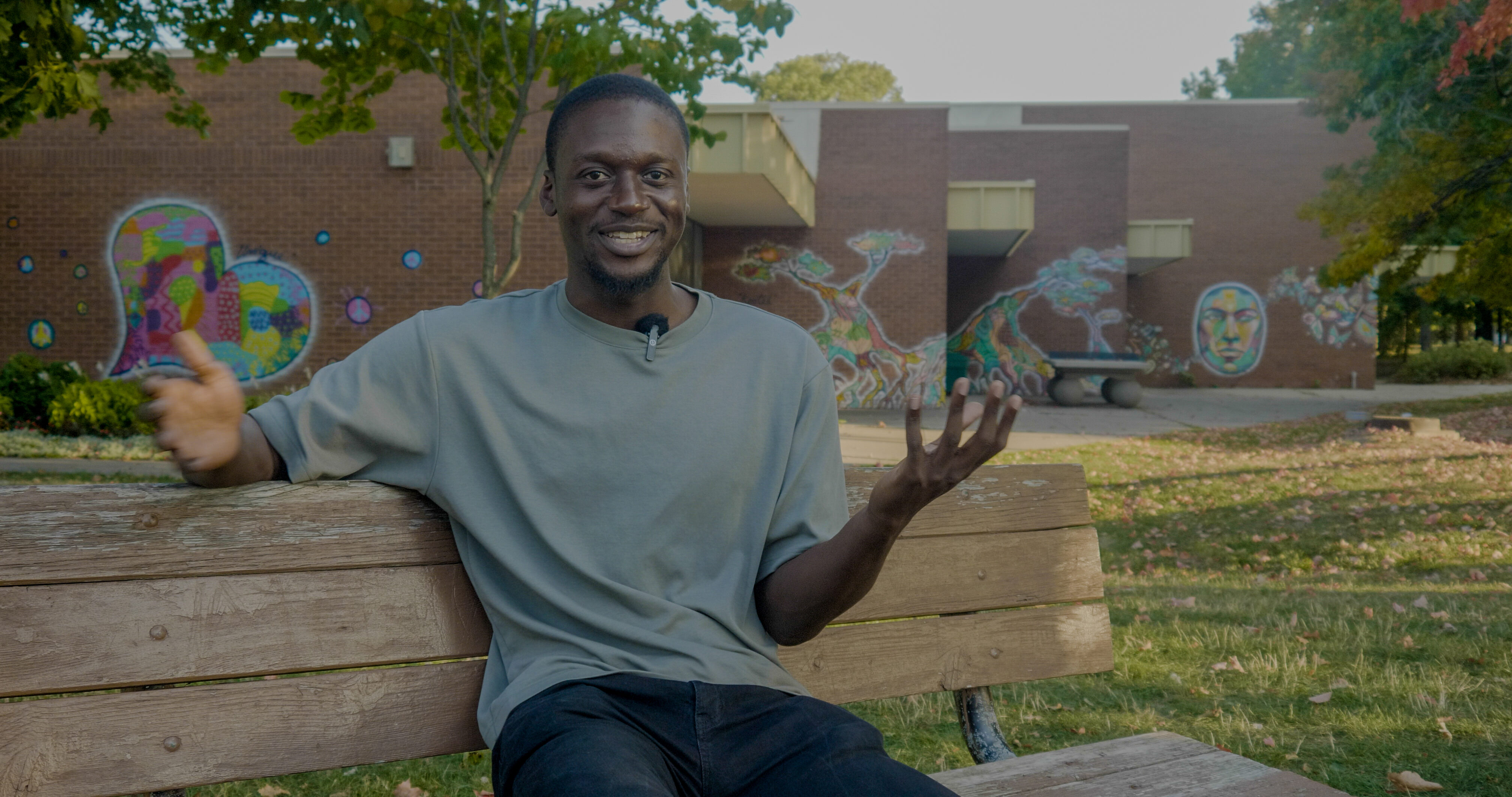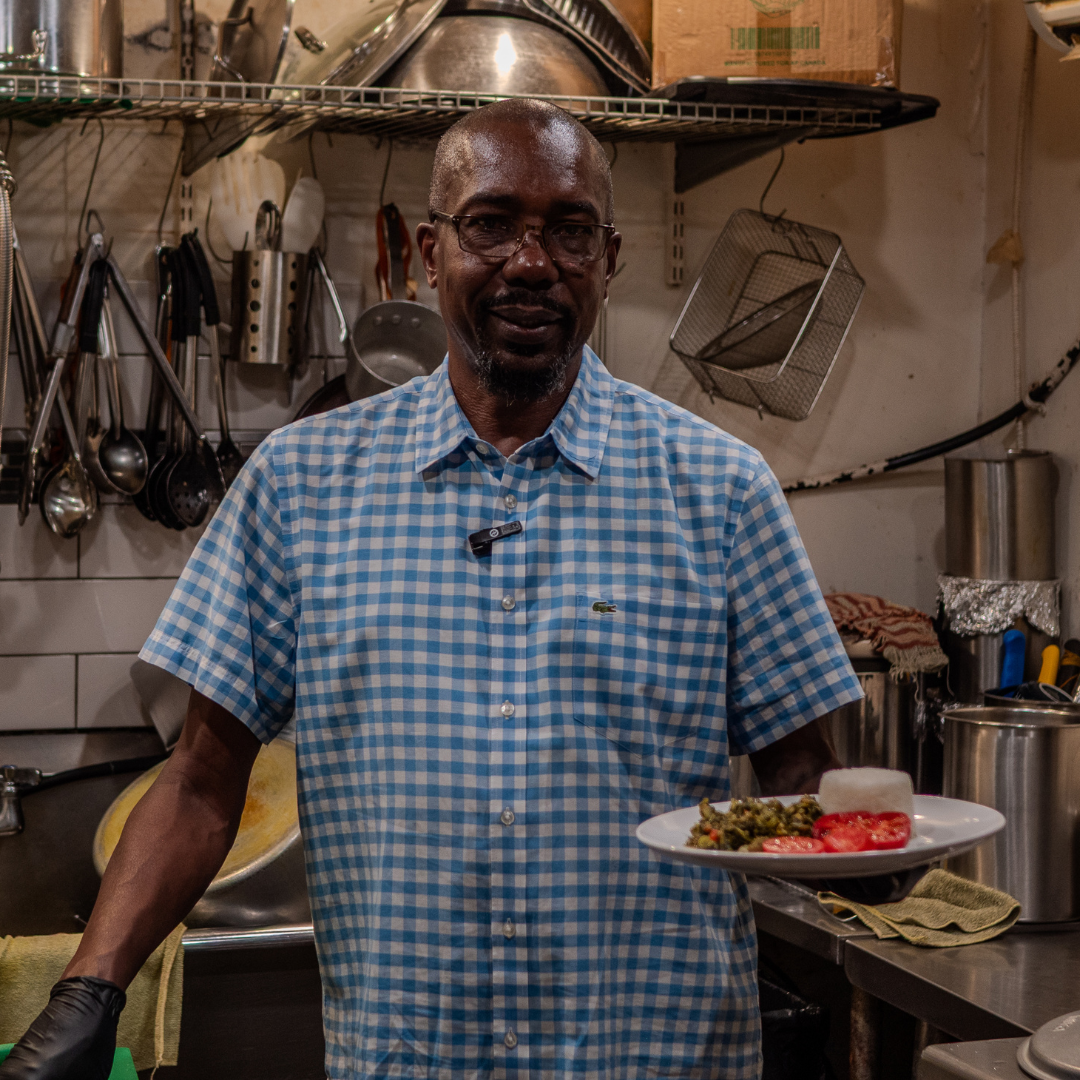THE GREEN LINE GUIDE TO...
Navigating Toronto's PATH

The entrance of St. Andrew Station, which leads to the PATH.


ANTHONY LIPPA-HARDY
Mississauga native currently studying journalism at Toronto Metropolitan University. Loves to explore different visual mediums to tell impactful stories that need to be seen.
July 2, 2025
With files from Adele Lukusa and Amartya Smaran.
Toronto is a pretty walkable city — at least in the downtown core.
Fun fact: It ranked 45th most walkable city in the world in 2020. But what happens when it’s freezing or sweltering outside? Well, you take the PATH, of course.
Toronto’s Downtown Pedestrian Walkway links City Hall, six subway stations, three major department stores, nine hotels, and some of the city’s most popular tourist and entertainment attractions, including the Hockey Hall of Fame, Roy Thomson Hall, Scotiabank Arena and Eaton Centre.
That’s a mouthful to read and even harder to navigate. But don’t worry — we made three handy videos to guide you through the most useful routes in the PATH.
From the Eaton centre to the CN tower
This 2 km PATH route from Eaton Centre to the CN Tower is one of the longest in Toronto’s underground network — and perfect for avoiding the above-ground chaos on some of downtown’s busiest streets.
You’ll be sheltered from the weather, and still get to enjoy the sunlight and cool views on the SkyWalk.
How to make this route wheelchair accessible?
To start your journey, make your way to the shopping centre through the accessible ramp by the now-defunct Saks Fifth Avenue and Hudson’s Bay. You’ll be able to follow along with our video all the way until you get to Union Station. There, you’ll go down Bay Concourse until you see signs for the Scotiabank Centre. Take a right, past Scotiabank and away from the bus terminals and take the elevator at 25 York St. up to the third floor. Keep going down the hall until you reach the end of the Skywalk. Once you’re out of the Skywalk, you’ll be at the CN Tower in minutes.
From Union Station to Roy Thomson Hall
Coming from out of town for a concert? This PATH route from Union Station to Roy Thomson Hall is a quick 10-minute walk that’ll take you from the city’s main transit hub to the venue.
Careful, though — you’ll pass through two upscale shopping centres, so don’t get distracted. Or plan some extra time to grab a bite before the show.
How to make this route wheelchair accessible?
A wheelchair-accessible route takes a little longer. You’ll start from Union Station at Bay Concourse, and take the same path towards the subway terminal. Instead of heading to the exit towards Royal Bank Plaza, take a right in the direction of the TD Canada Trust Tower. Once you make it around that bend, take a right again and go down the second hallway. That’ll lead you to Commerce Court. Continue making your way around the court starting from the left until you reach the hallway that leads to the TD Bank Pavilion. Take a left at the first hall and keep going until you hit the end, past 145 King St. W. and 121 King St. W. Take a right up the hall, and then go towards St. Andrew Station, which will be to your left and past 200 King St. W. Then, take the nearest elevator to the ground floor. From there, go down the windowed hall to reach Roy Thompson Hall’s first-floor entrance.
From Union Station to City Hall
This PATH route from Union Station to City Hall takes you through the heart of downtown— ideal for staying dry and sweat-free on your way to a meeting or a date at Nathan Phillips Square.
Bonus: You won’t have to stop at any streetlight or worry about traffic, so your ETA will always be accurate.
How to make this route wheelchair accessible?
You can follow along our video, just make sure to take the nearest elevator to bypass the stairs or escalator. Once you pass by the defunct Hudson’s Bay, instead of heading towards the staircase, make your way to the elevator up to the ground floor. And from there, you’ll be facing City Hall!
Are there any other routes you need help navigating? Let us know by emailing editor@thegreenline.to and we'll walk you through it in our next pocket guide.
Fact-Check Yourself
Sources and
further reading
Don't take our word for it —
check our sources for yourself.



